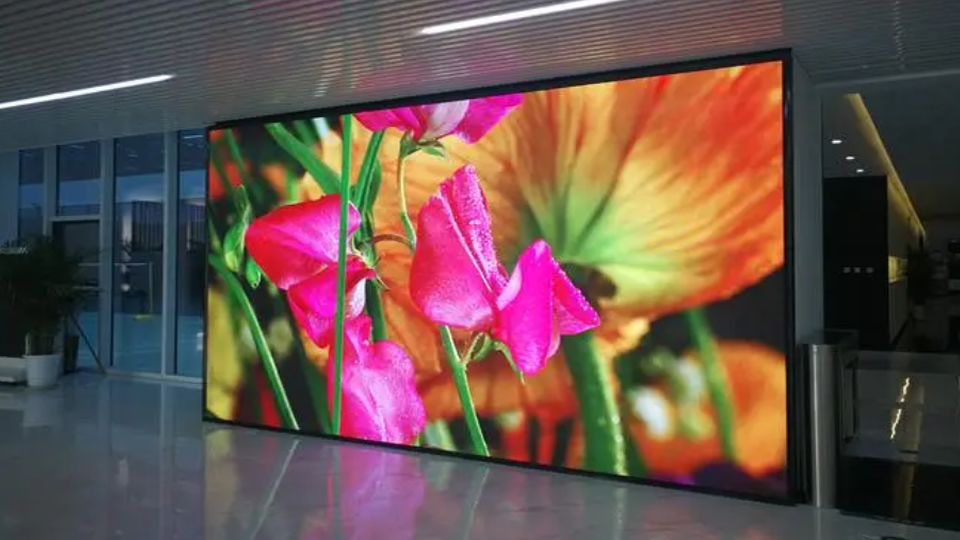Even though led displays are known for their durability and long life, they aren't completely immune to problems. Over time, especially in challenging environments or with heavy use, certain issues tend to show up more than others. The good news? Most of these can be prevented with a little know-how and regular attention.

One of the most common problems is dead pixels — small dots on the screen that no longer light up. They stand out, especially when displaying solid colors. Dead pixels usually result from damaged diodes or faulty solder joints. To avoid this, make sure your display is from a reputable supplier and has been tested for quality. If a few pixels go bad, some systems allow for pixel-level repair without replacing an entire module.
Another issue is color inconsistency. This happens when different parts of the screen start showing uneven brightness or color tones. It's often due to aging LED chips, poor-quality modules, or unbalanced current flow. To prevent it, avoid pushing the screen at maximum brightness for long periods, and use calibration tools to keep color output balanced across the entire display.
Signal loss is another headache — sections of the screen go black or flicker due to a bad connection or control card issue. Loose cables, damaged connectors, or environmental wear (like corrosion in outdoor setups) are often the culprits. Routine inspections and using waterproof connectors for outdoor displays can help reduce the risk.
Moisture damage is a big concern, especially for outdoor or semi-outdoor displays. Water or high humidity can cause corrosion, short circuits, or module failure. Proper sealing, good cabinet design, and checking for cracks in protective coatings are essential. Even indoor displays can be affected if placed near HVAC vents or in high-humidity areas.
Power supply problems can also cause trouble. An unstable power source can burn out internal components, cause flickering, or lead to random restarts. Surge protectors and voltage stabilizers are simple solutions that can save a lot of repair costs down the line.
Lastly, overheating. LED modules generate heat during operation, and if the heat can't escape properly, it shortens the lifespan of the entire system. This is especially common in displays installed in enclosed spaces without enough ventilation. Make sure fans are working and filters are clean, especially in dusty environments.
In the end, most LED display failures don't happen overnight. They build up quietly due to neglect or environmental stress. But with regular maintenance, quality components, and a little proactive care, you can keep your display running smoothly for years.

